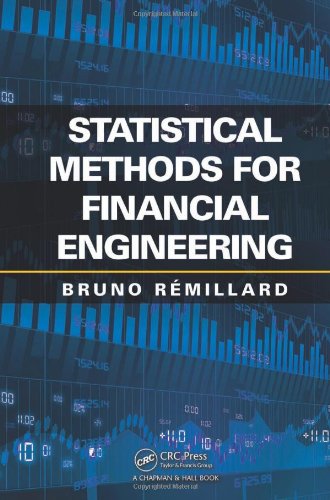

Most ebook files are in PDF format, so you can easily read them using various software such as Foxit Reader or directly on the Google Chrome browser.
Some ebook files are released by publishers in other formats such as .awz, .mobi, .epub, .fb2, etc. You may need to install specific software to read these formats on mobile/PC, such as Calibre.
Please read the tutorial at this link: https://ebookbell.com/faq
We offer FREE conversion to the popular formats you request; however, this may take some time. Therefore, right after payment, please email us, and we will try to provide the service as quickly as possible.
For some exceptional file formats or broken links (if any), please refrain from opening any disputes. Instead, email us first, and we will try to assist within a maximum of 6 hours.
EbookBell Team

0.0
0 reviewsWhile many financial engineering books are available, the statistical aspects behind the implementation of stochastic models used in the field are often overlooked or restricted to a few well-known cases. Statistical Methods for Financial Engineering guides current and future practitioners on implementing the most useful stochastic models used in financial engineering.
After introducing properties of univariate and multivariate models for asset dynamics as well as estimation techniques, the book discusses limits of the Black-Scholes model, statistical tests to verify some of its assumptions, and the challenges of dynamic hedging in discrete time. It then covers the estimation of risk and performance measures, the foundations of spot interest rate modeling, Lévy processes and their financial applications, the properties and parameter estimation of GARCH models, and the importance of dependence models in hedge fund replication and other applications. It concludes with the topic of filtering and its financial applications.
This self-contained book offers a basic presentation of stochastic models and addresses issues related to their implementation in the financial industry. Each chapter introduces powerful and practical statistical tools necessary to implement the models. The author not only shows how to estimate parameters efficiently, but he also demonstrates, whenever possible, how to test the validity of the proposed models. Throughout the text, examples using MATLAB® illustrate the application of the techniques to solve real-world financial problems. MATLAB and R programs are available on the author’s website.